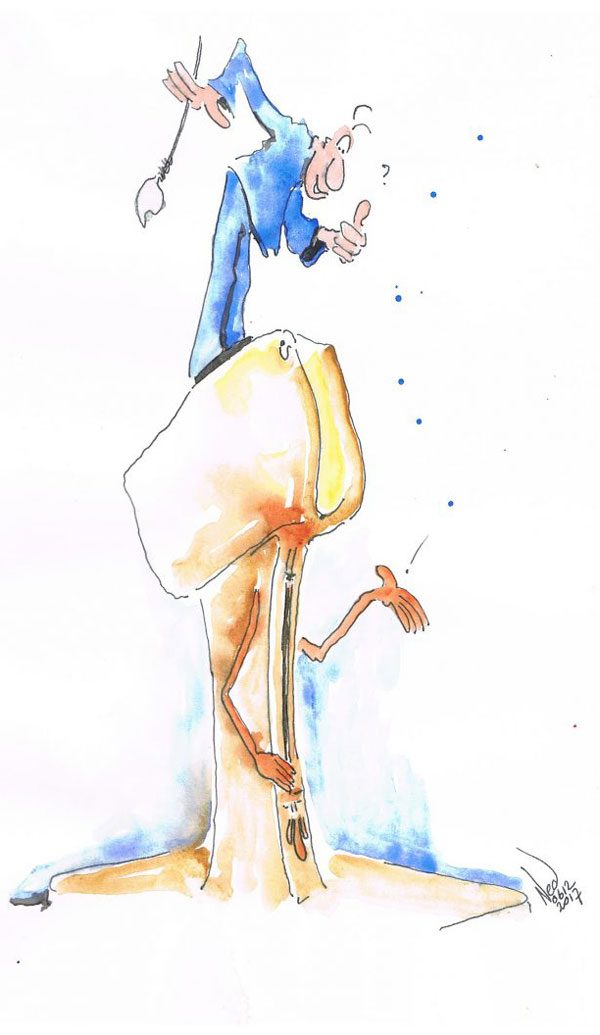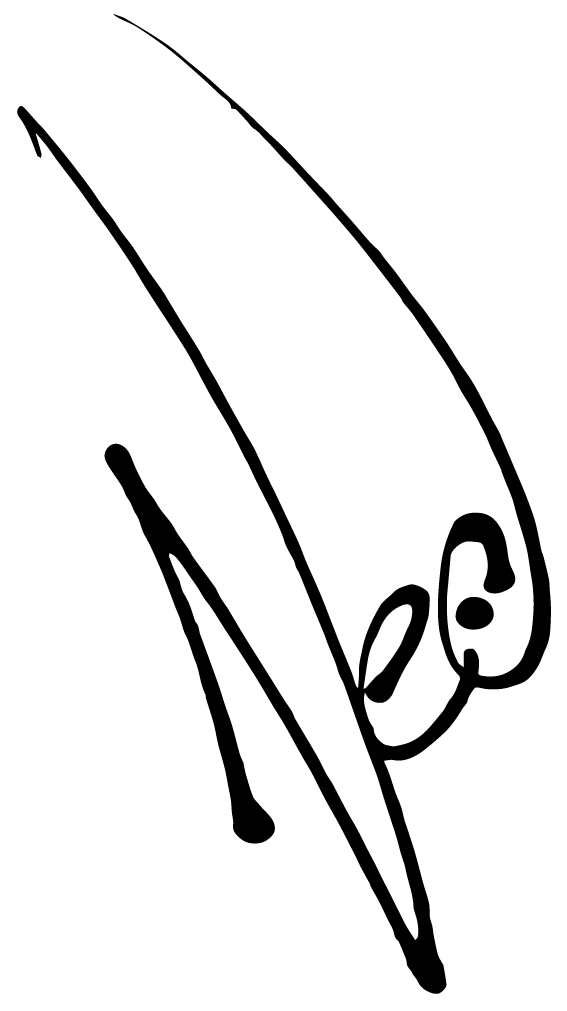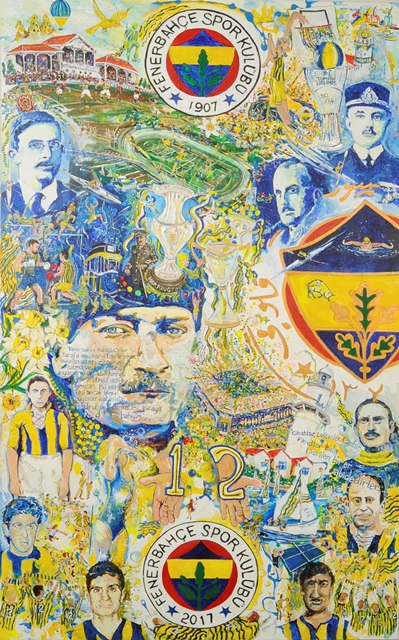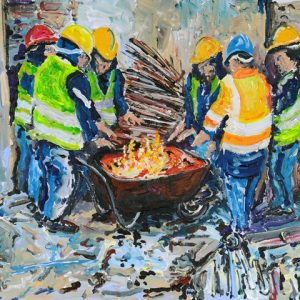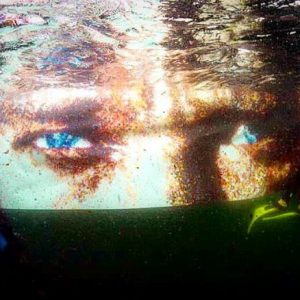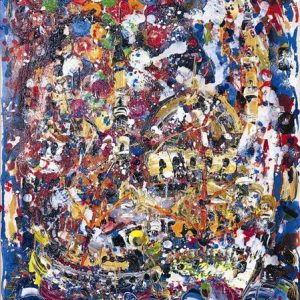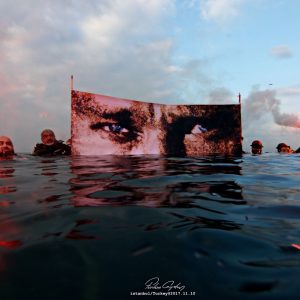£26.00 – £250.00
Description
Original artwork: 153cm x 92cm acrylic on canvas
Status: Private Collector
For customised reproductions e-mail:
ned(at)nedpamphilon(dot)ukReference
Reference NPP catalogue number:
08694-19072017-Fenerbahce-110-Years
Reproduction options:
A3 Fine Art Archival Hahnemuhle Photorag Pearle 320gsm
A1 Fine Art Archival Hahnemuhle Photorag Pearle 320gsm
A0 Fine Art Archival Hahnemuhle Photorag Pearle 320gsm
The story of Fenerbahçe 110 Years
The painting features the Fenerbahçe club badge dated 1907 and 2017. It also features the badge, on the painting right hand side, from during the Ottoman era with Arabic lettering. The design brings together the colours of the national flag, red and white. Then heart shape shield provides the club’s yellow and navy colours. The acorn leaf represents resistance, power and strength. After the new Turkish alphabet was approved, the design was protected, but the club name on the emblem was changed from Arabic to Latin characters: Fenerbahçe Spor Kulübü.
Fenerbahçe Sports Club is a Turkish multi-sports club based in Kadıköy, Istanbul. It encompasses football, basketball, volleyball, table tennis, athletics, swimming, sailing, boxing and even eSports.
Fenerbahçe was founded as a football club in 1907 in İstanbul, still under the jurisdiction of the Ottoman Empire. The 3 founding members are portrayed in blue tone: Ziya Songülen (Nurizade Ziya Bey), Ayetullah Bey and Enver Necip Okaner (Enver Necip Bey). The club was formed covertly since football was unlawful according to the then Ottoman rule; Sultan Abdul Hamid II, forbade the Turkish youth to engage in the game because it was played by the English.
General Charles Harrington is featured by the Harrington Cup. At the end of World War I, the Ottoman Empire’s lands had been invaded by Italian, French, Greek and British troops. On 13 November 1918, British troops entered İstanbul and the invasion was official. During the course of invasion, British troops arranged football matches with local teams. Fenerbahçe were playing against the staff of the Royal Navy that occupied İstanbul during the Turkish War of Independence. Some British soldiers formed football teams that were named after the Essex Engineers, Irish Guards, Grenadiers, and Artillery. Fenerbahçe won 41 of these games, lost five and drew four.
Fenerbahçe club members were engaged in subversive activity to defend against the invaders. Harrington was looking for victory on both the pitch and the battlefield. He arranged for the best players of the Irish Guards, Grenadier Guards and Coldstream Guards to play alongside four professional players called in from the homeland. The team was collected under the name Coldstream Guards and issued an announcement in the newspapers:
“Guards Joint is challenging the Turkish clubs. The Turkish clubs can gather any reinforcements to their clubs for this game whose winner will be awarded a trophy which will be named after the Head Commander.”
Fenerbahçe printed a response n the newspapers:
“Fenerbahçe Club accepts this proposal with and will use its own squad only, unconditionally.”
The game took place in the Taksim Stadium 29 June 1923. The Governor of Malta, Lord Herbert Plummer watched the game from the VIP area with General Harrington. The game was close, yet Fenerbahçe SK won 2–1 and was awarded the Harrington Cup.
Next to the Harrington Cup are the football league and knock-out cup trophies, all won by Fenerbahçe. Next to Necip Okaner is the European men’s basketball cup won 80-64 by Fenerbahçe in 2017. I was staying at Marmara Suadiye and was woken by the street celebrations Sunday 21 May. I had just returned from Cappadocia that evening and was so tired. There were further boisterous celebrations the following evening and the team coach and crowd are depicted behind the jumping, scoring basketball figure.
Top left is the old original football ground and supporters stand. The entire pitch is below the 1907 motif. The Cappadocian ‘chimneys’ and balloon are featured because I met the ex-FB Club Vice President Vefa Küçük at Fenerium and told him how I’d been awoken having arrived back to Suadiye from Cappadocia, his home town.
The nickname for Fenerbahçe is the canaries, 2 portrayed either side of the 1907 motif. Nearby is the statue at Kalamış Parkı of a Fenerbahçe player carrying a gun in his back pack as a reference to the war of independence. In the top right-hand corner are the cranes of Haydarpaşa Port with the blue one wearing a Fenerbahçe scarf, a Fenerbahçe ferry boat, a Fenerbahçe Kız Kulesi and Fenerbahçe mermaid from my Kız Kulesi Mermaid Princess story.
There are daffodils in the painting such as below the 1907 motif. Fenerbahçe means ‘lighthouse garden’ in Turkish as featured on the yacht below the historic Fenerbahçe lighthouse building close to the hands and number 12. The yellow and white colours of daffodils around the lighthouse were the inspiration for the club colours. Navy blue was added in 1910.
Above the head of Ayetullah Bey is reference to players and a shield won during the 1911-12 season. Next to Ziya Songülen is a detail representing Fenerbahçe’s 0-1 at Manchester United in the Champions League in 1996.
Various sports are represented throughout the painting such as boxing near the Kadikoy tram or the rowing boat and swimmer within the Ottoman Arabic motif shield. Also, within this shield is a bull to represent the well known ‘Fenerbahçe’ bull statue in Kadıköy. By the tram are the coloured balls that run alongside the tram track in Kadıköy.
The words partly across Ataturk’s face were said by him 03.05.1918
“Fenerbahçe Kulübü’nün her tarafa mazhar-ı takdir olmuş bulunan asari mesaisini işitmiş ve bu kulübü ziyaret ve erbab-ı himmeti tebrik etmeyi vazife edinmiştim Bu vazifenin ifası ancak bugün müyesser olabilmiştir Takdirat ve tebrikatımı buraya kayd ile mübahiyim.”
The stadium next to Ataturk’s face depicts the scenes of the 100 year anniversary celebrations in 2007 when the facades of the stadium were decorated with a light display.
The featured players are, going anti-clockwise from left to right, are Zeki Rıza Sporel, Can Bartu, Lefter Küçükandonyadis, Fikret Kırcan, Fikret Arıcan and goal keeper Cihat Arman. The words touching Fikret Arıcan and goal keeper Cihat Arman are from the official Fenerbahçe march song including the line:
“Cihatlar, Lefterler, Canlar, Fikretler hala sevilen birer abidedirler…”
The ’12’ represents the number never worn by the on field players and dedicated to the supporters; perhaps my favourite element in this story. The open hands offering prayers are inspired by an old photograph of the ground-breaking ceremony to initiate the construction of the original Fenerbahçe stadium ground.
At the bottom of the painting are a boy and girl in bed dreaming about their team.
Additional information
| Reproduction Options | A3 Fine Art Archival Hahnemuhle Photorag Pearle 320gsm, A1 Fine Art Archival Hahnemuhle Photorag Pearle 320gsm, A0 Fine Art Archival Hahnemuhle Photorag Pearle 320gsm |
|---|
